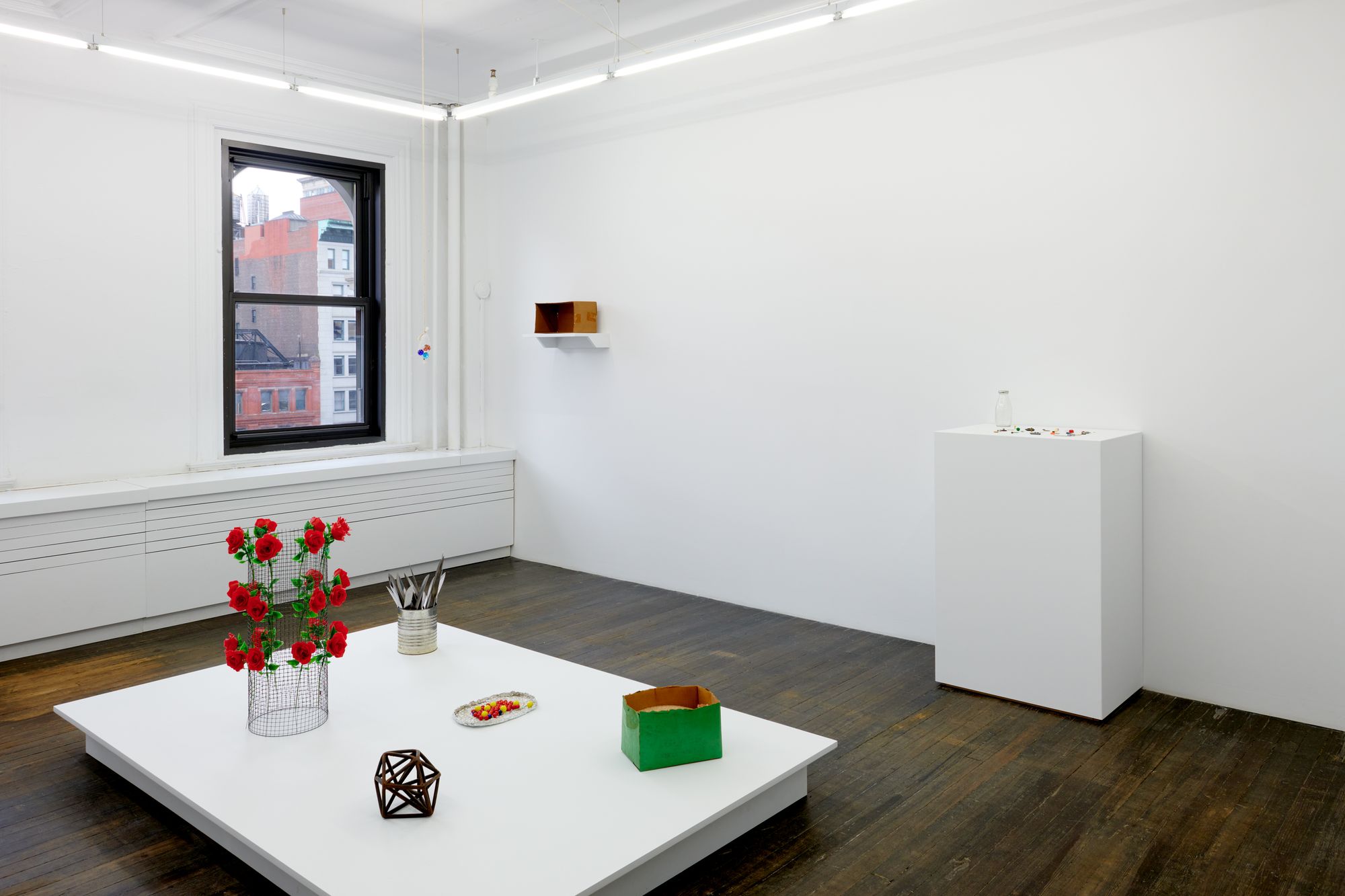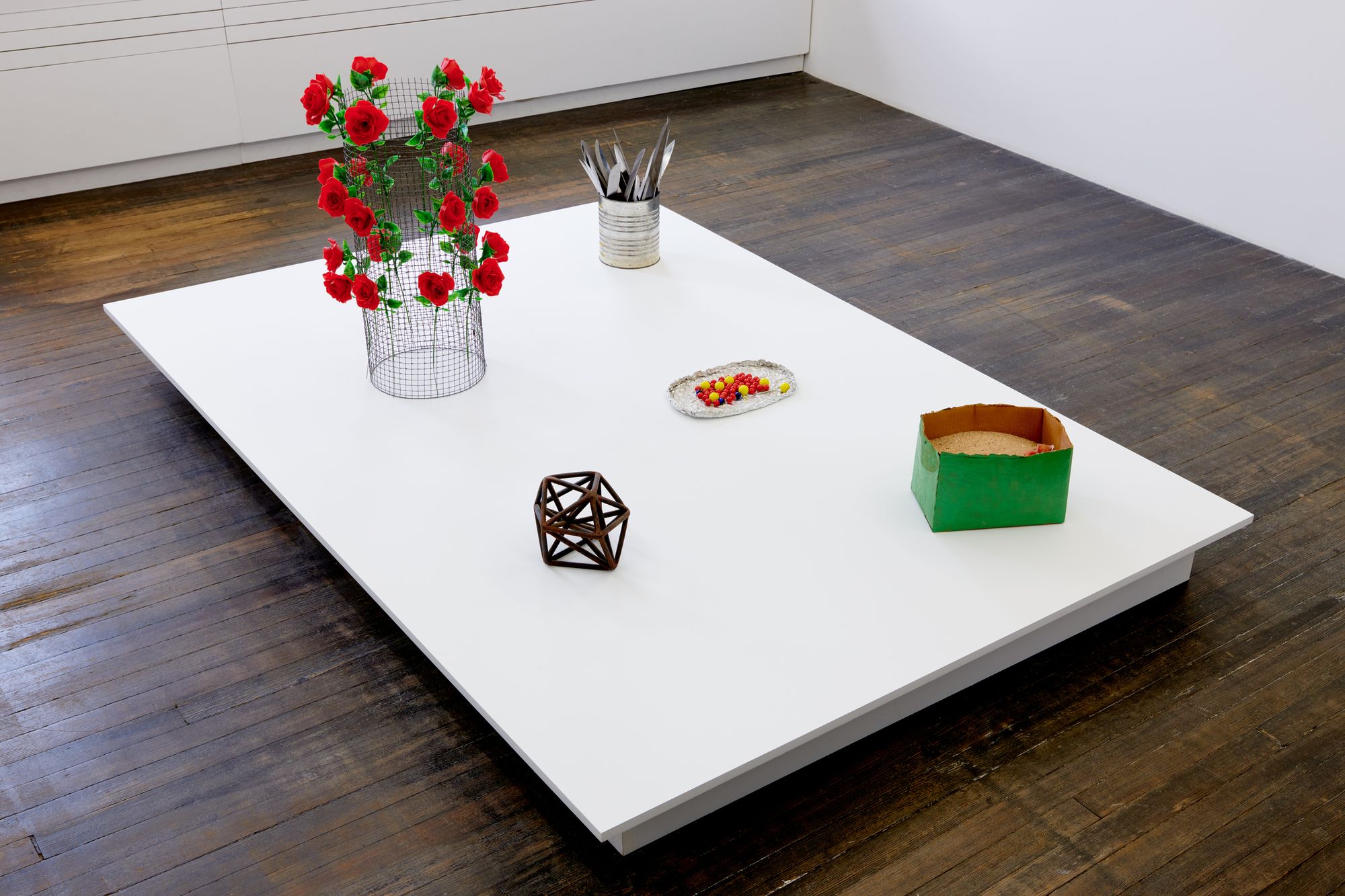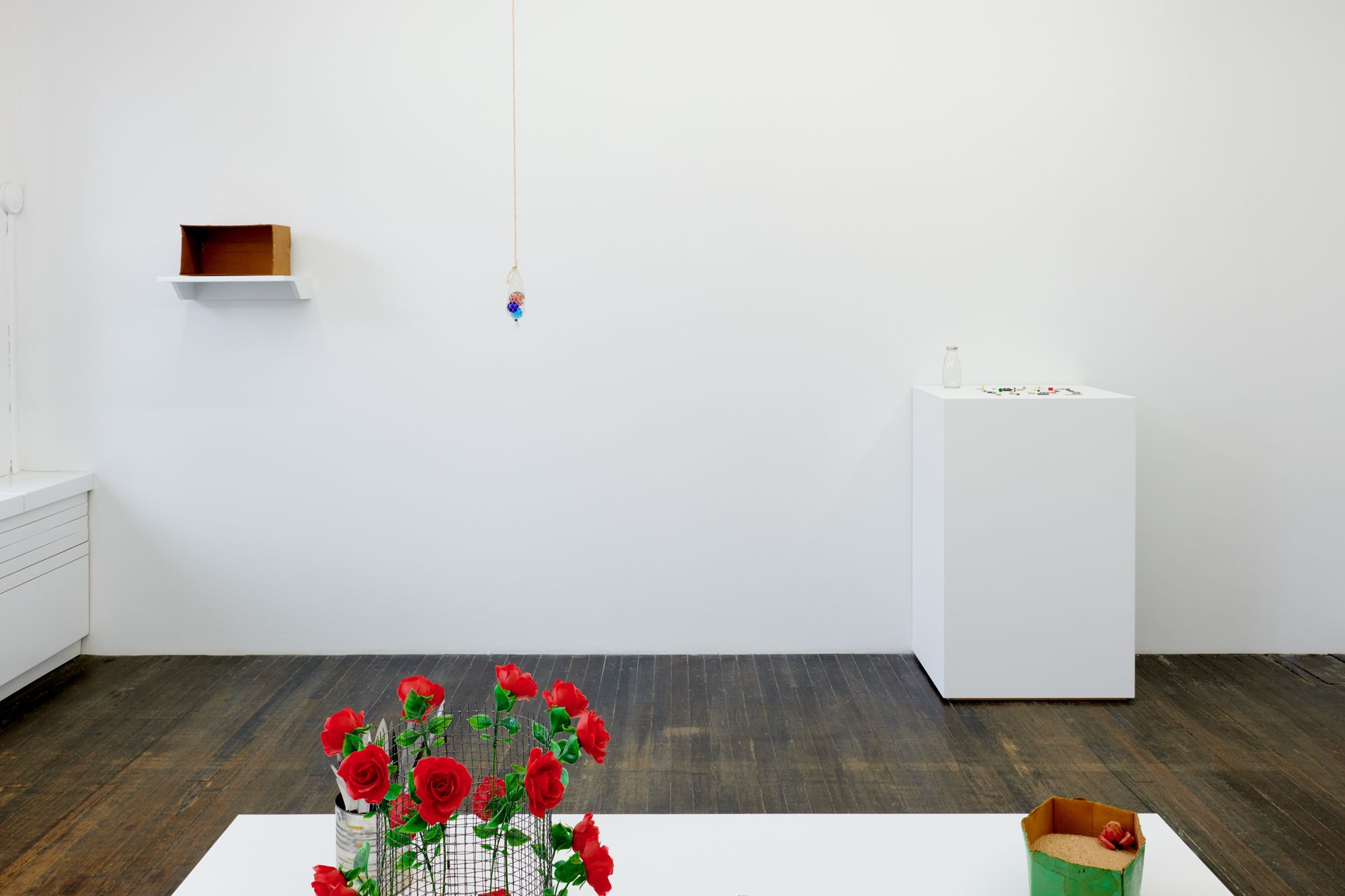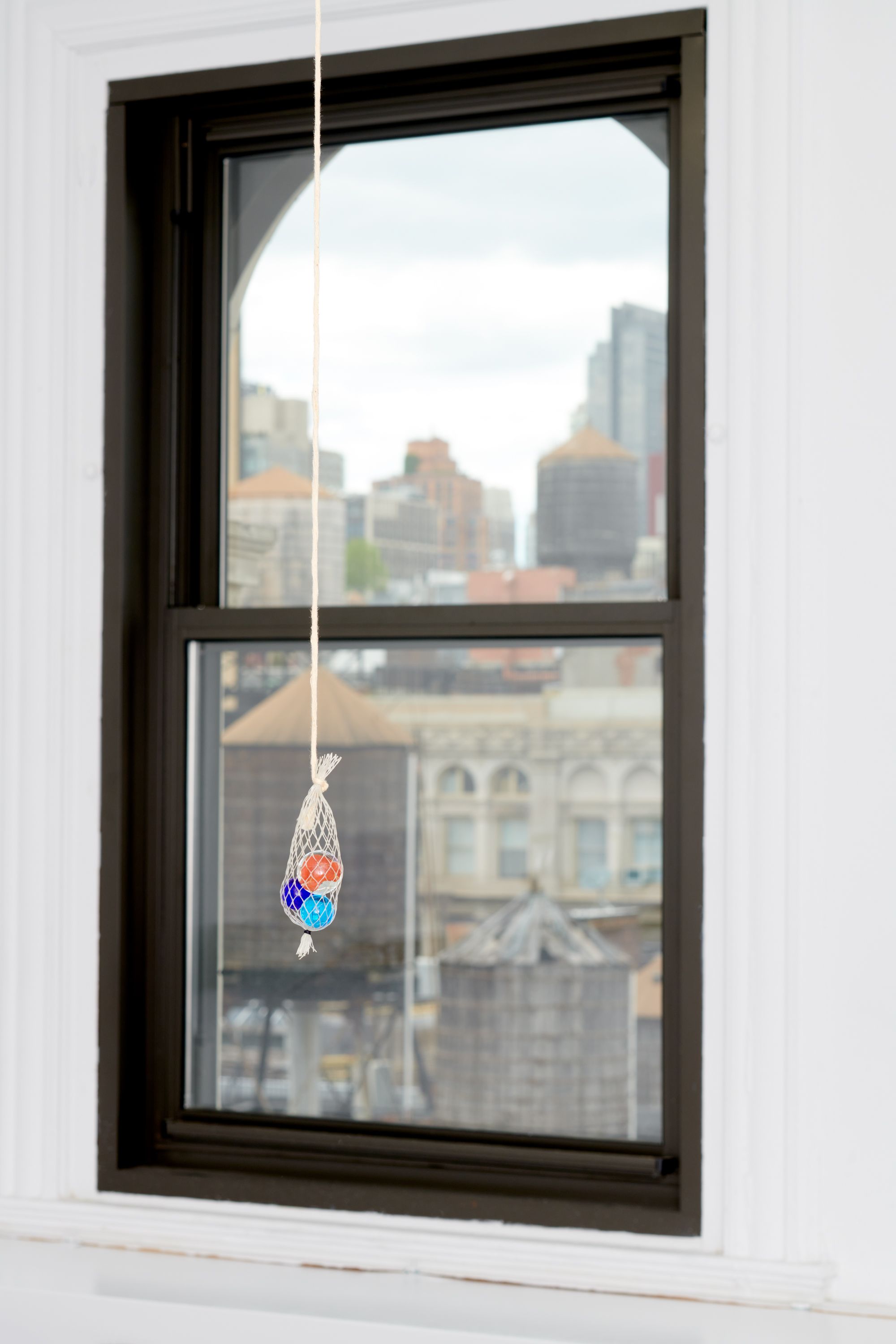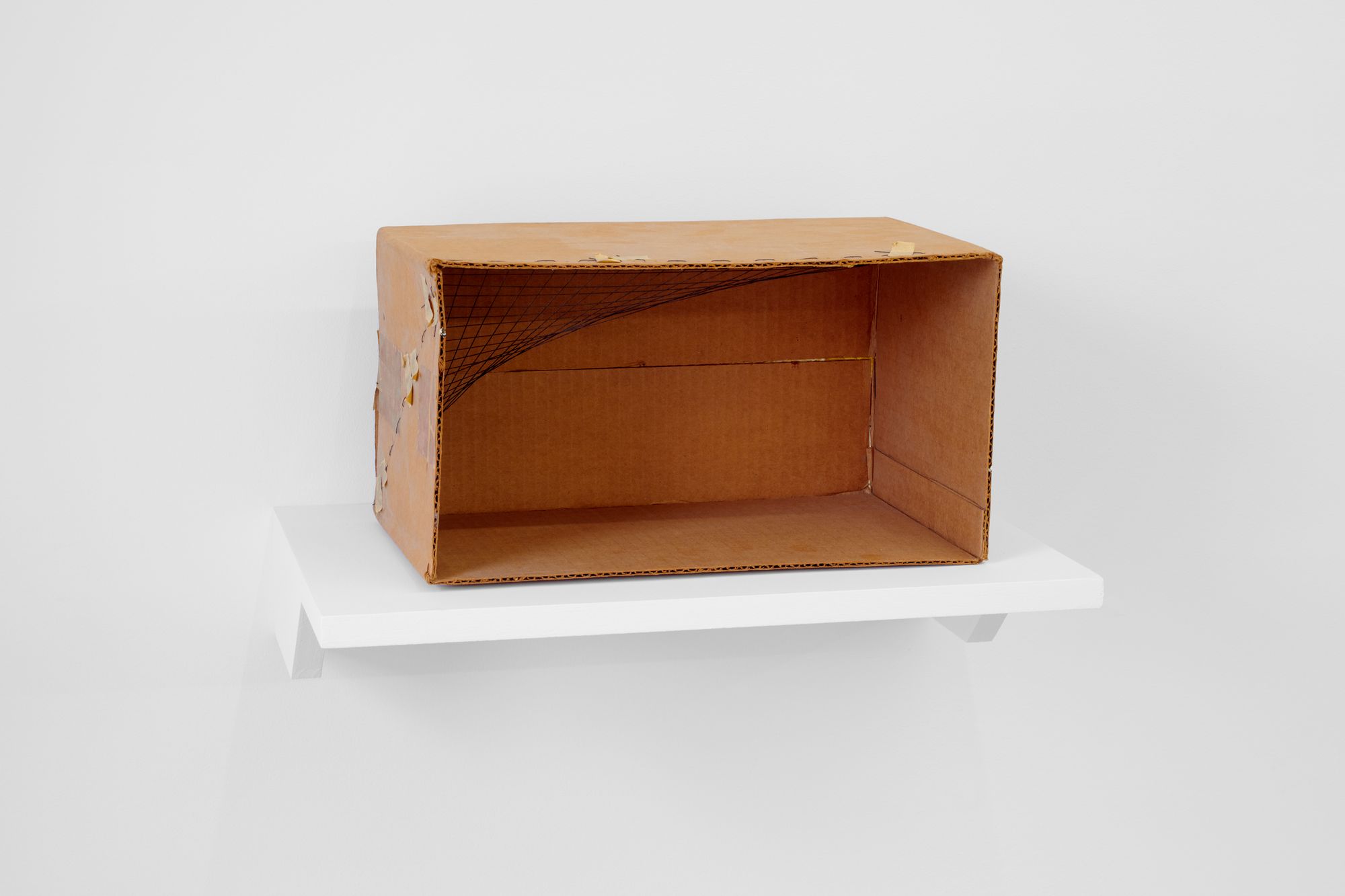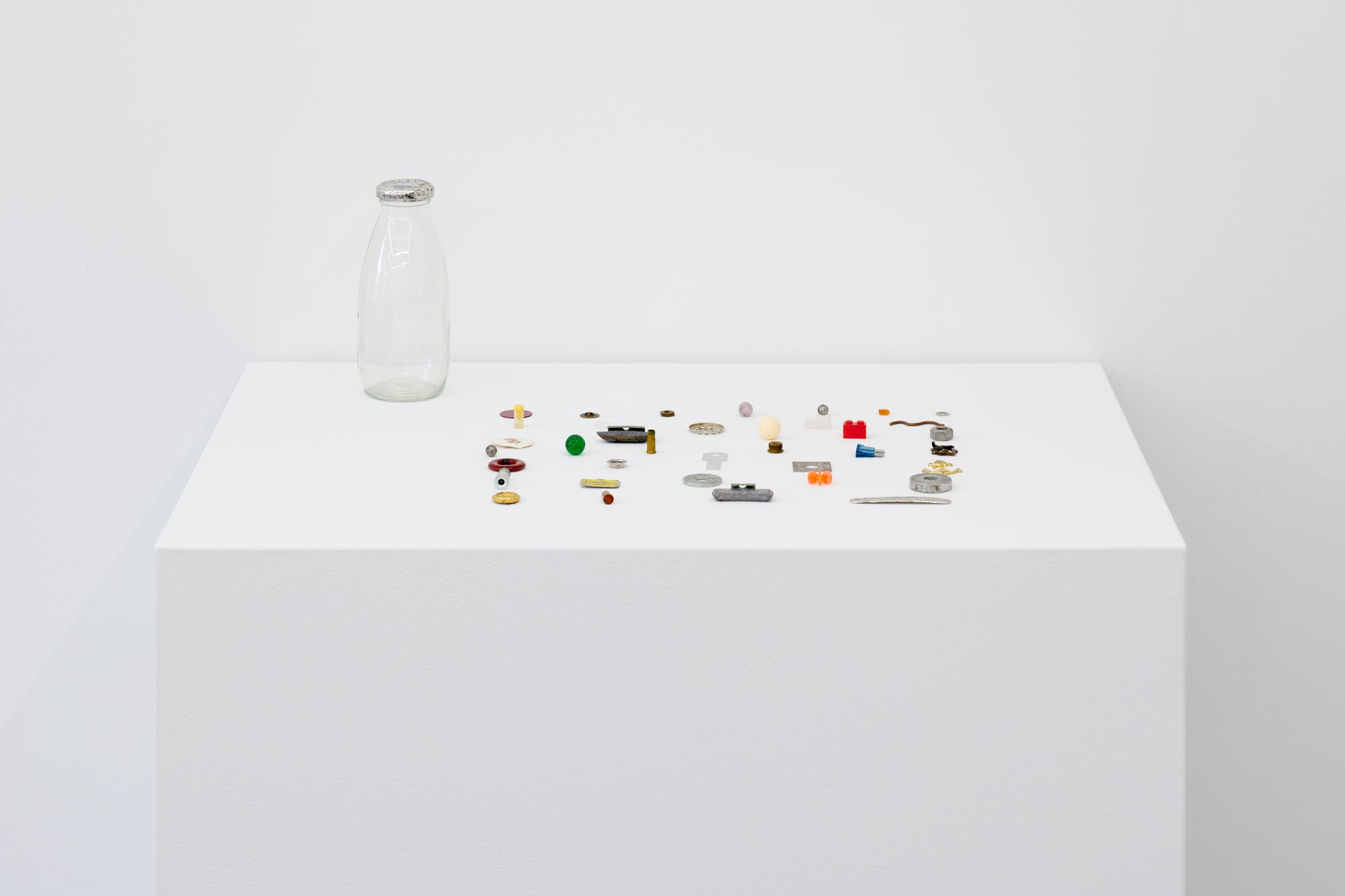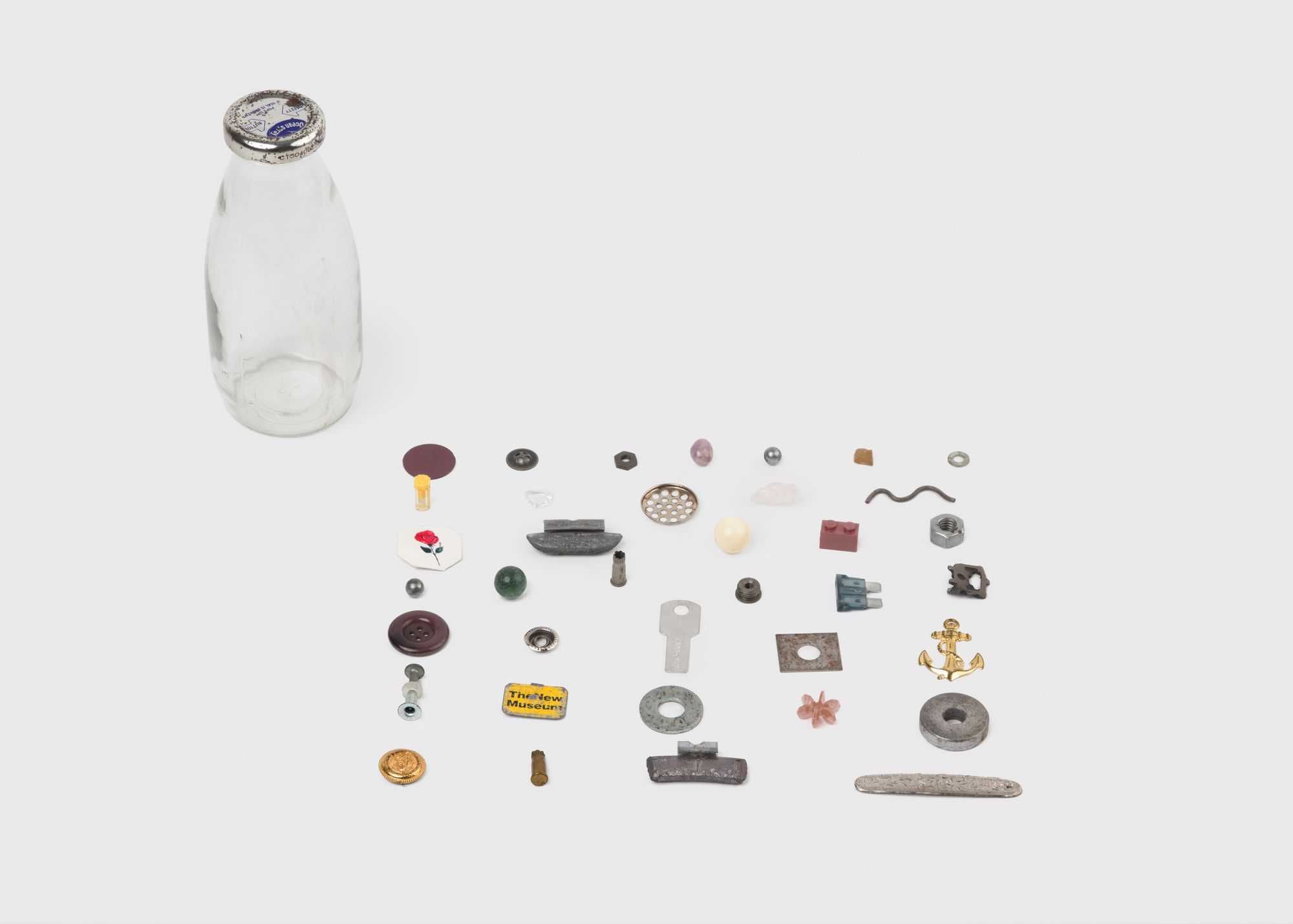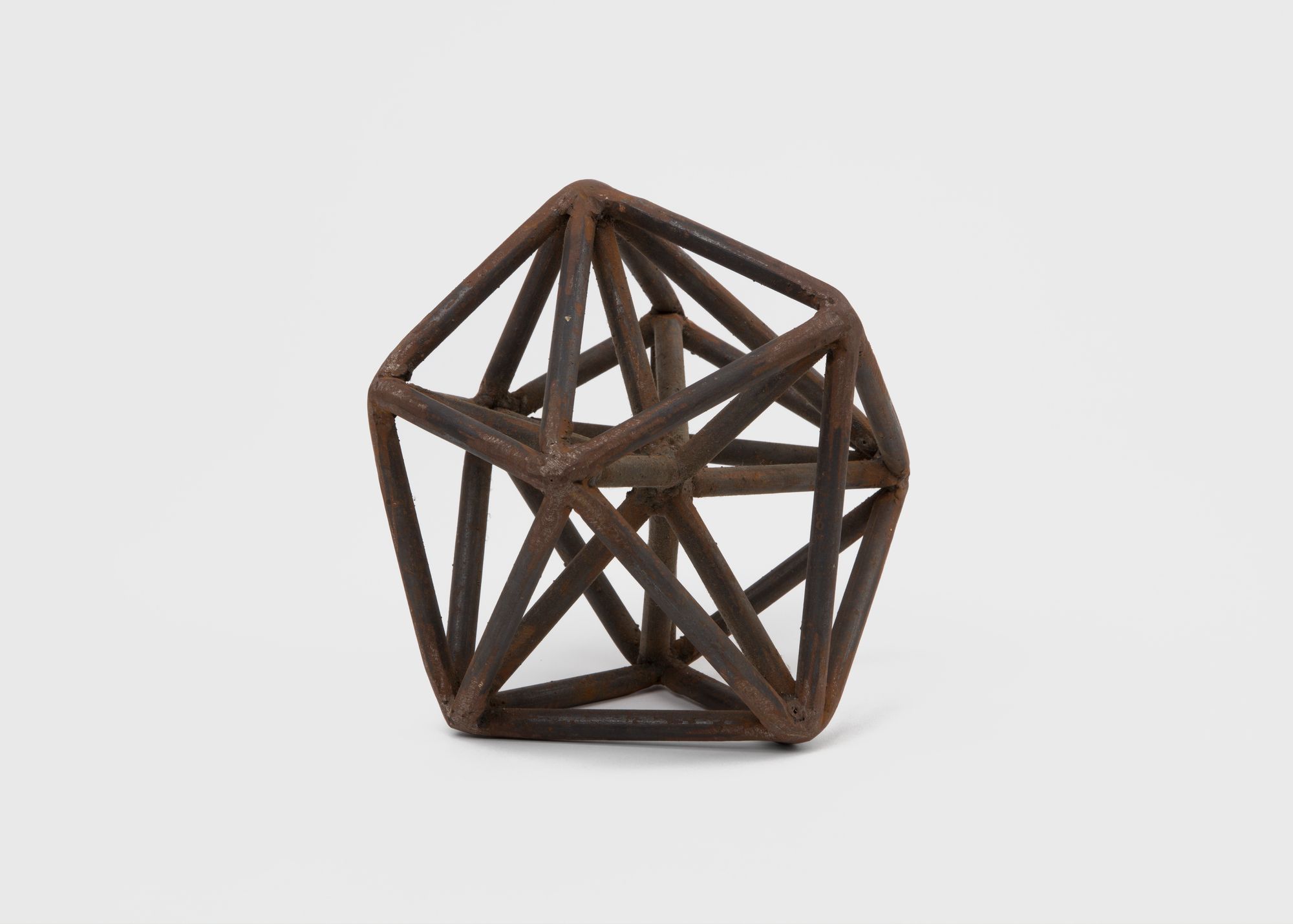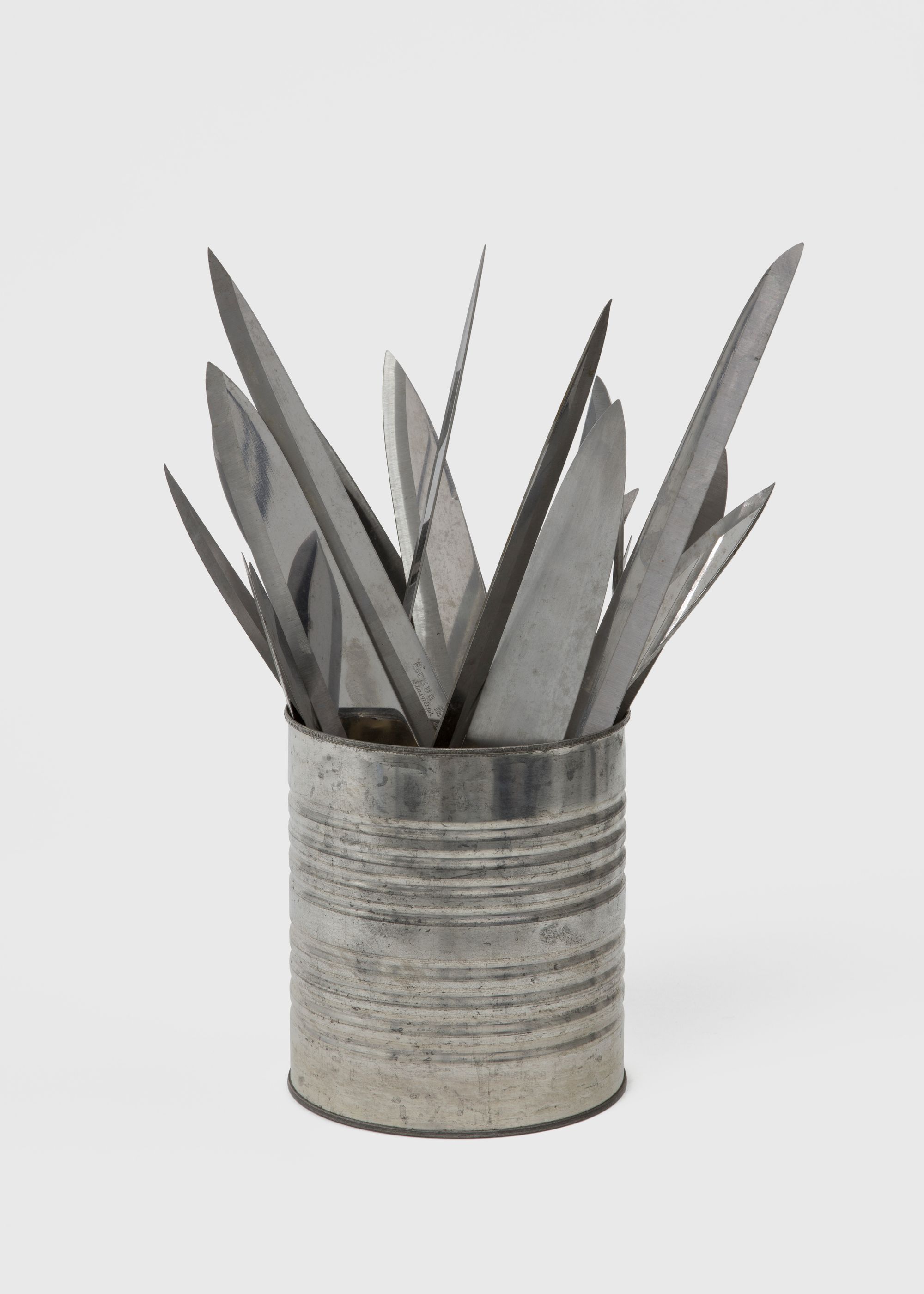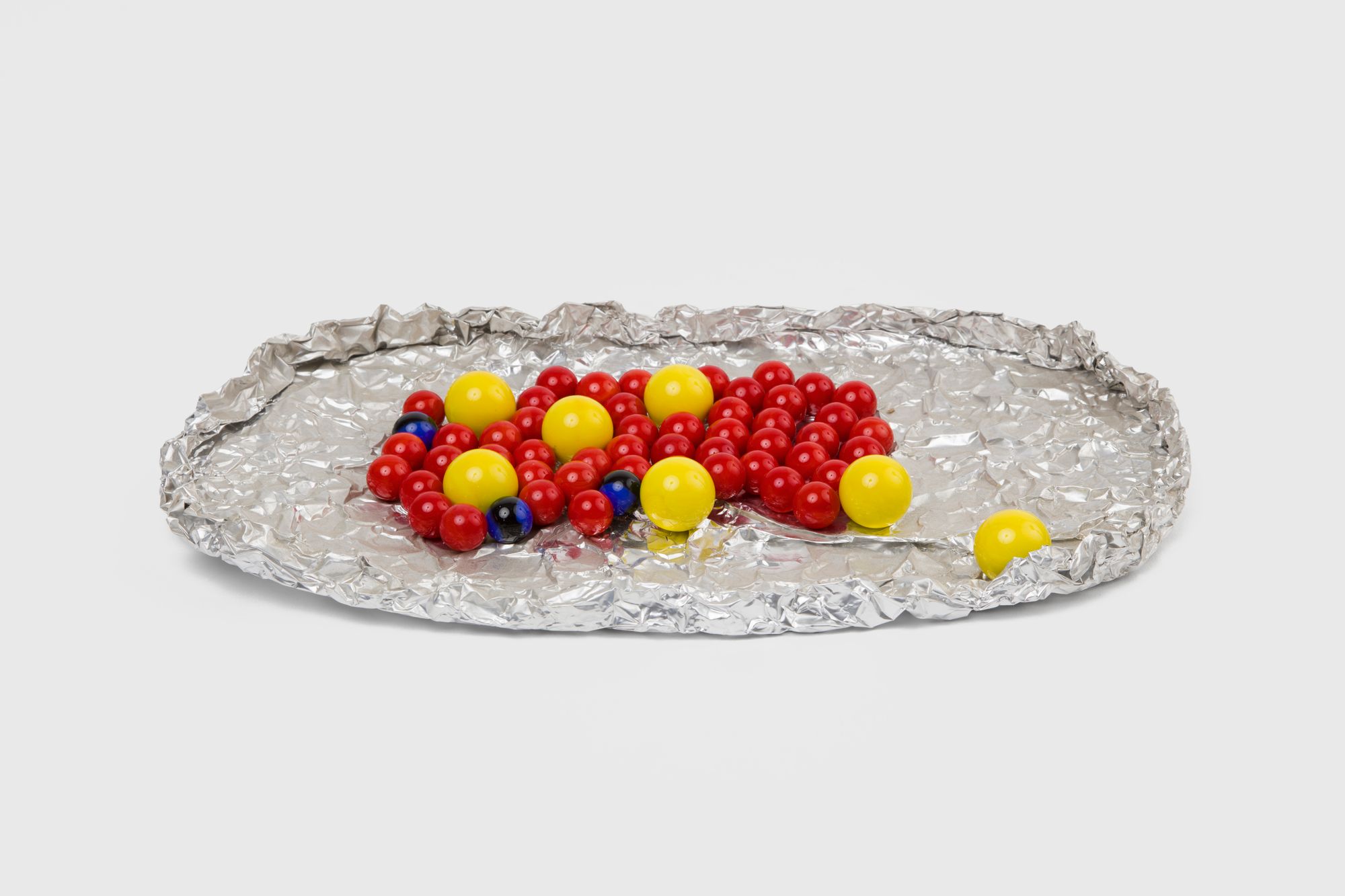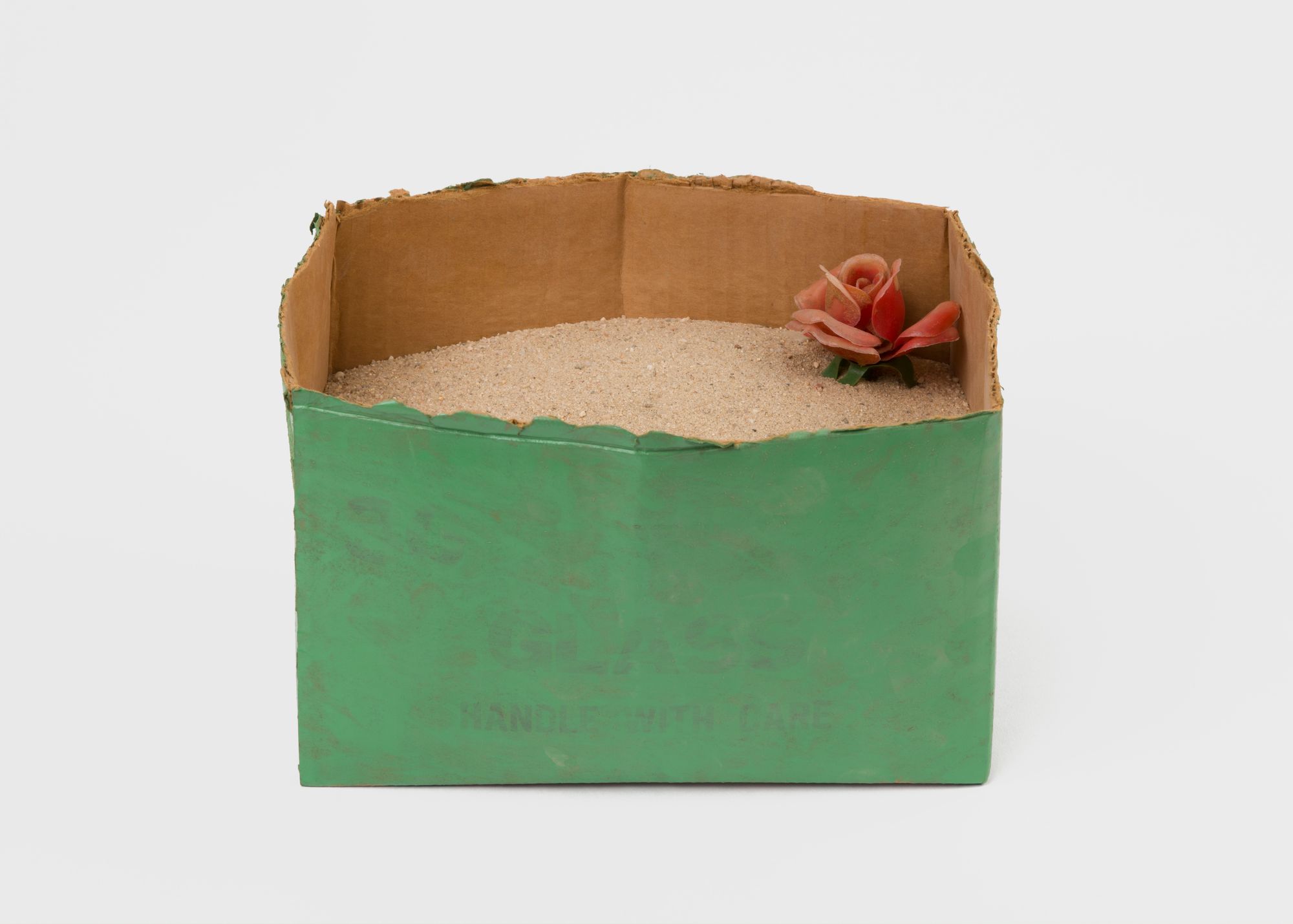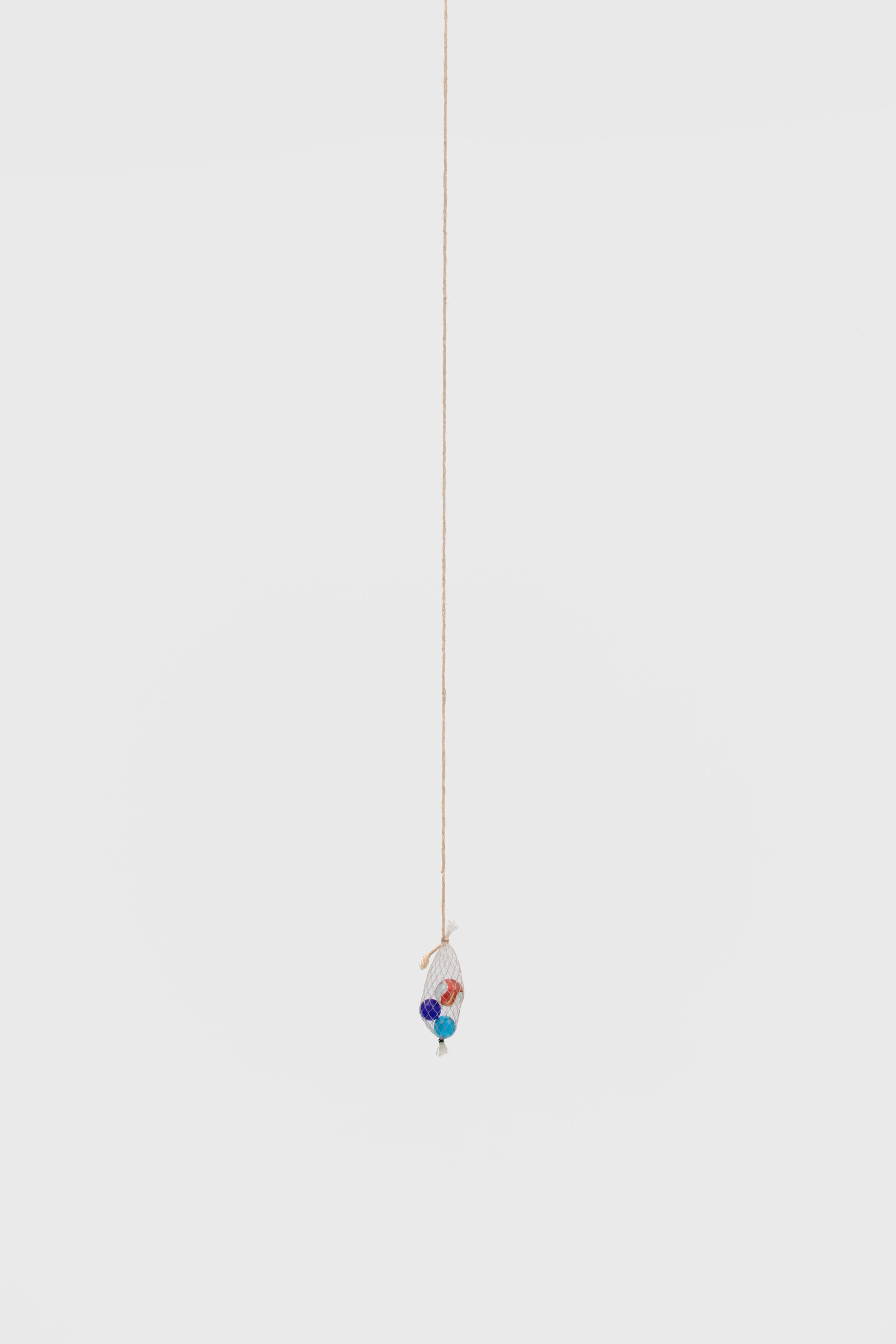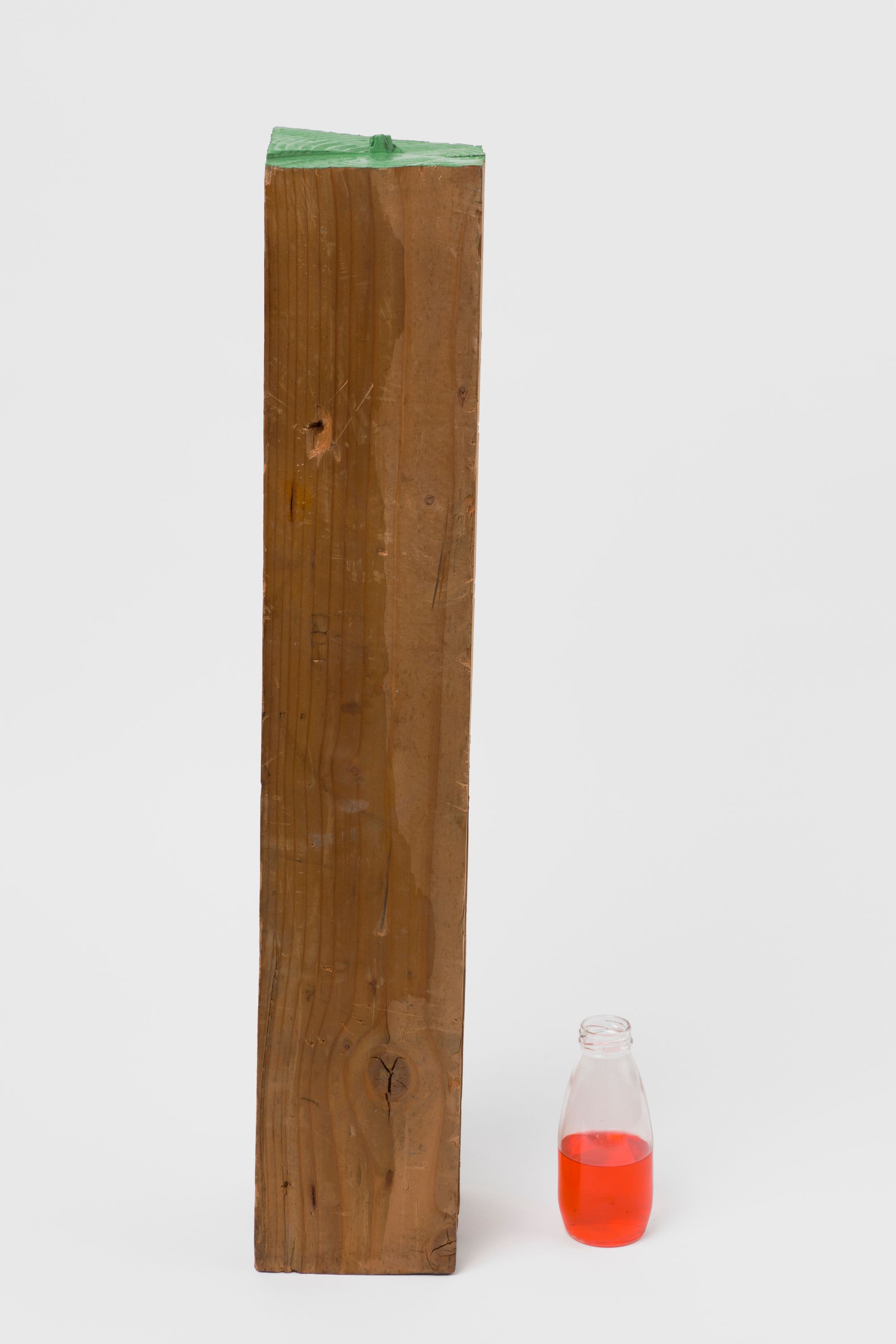
Past
Tony Feher
Tony Feher 1986-1994
May 7–June 25, 2023
New York
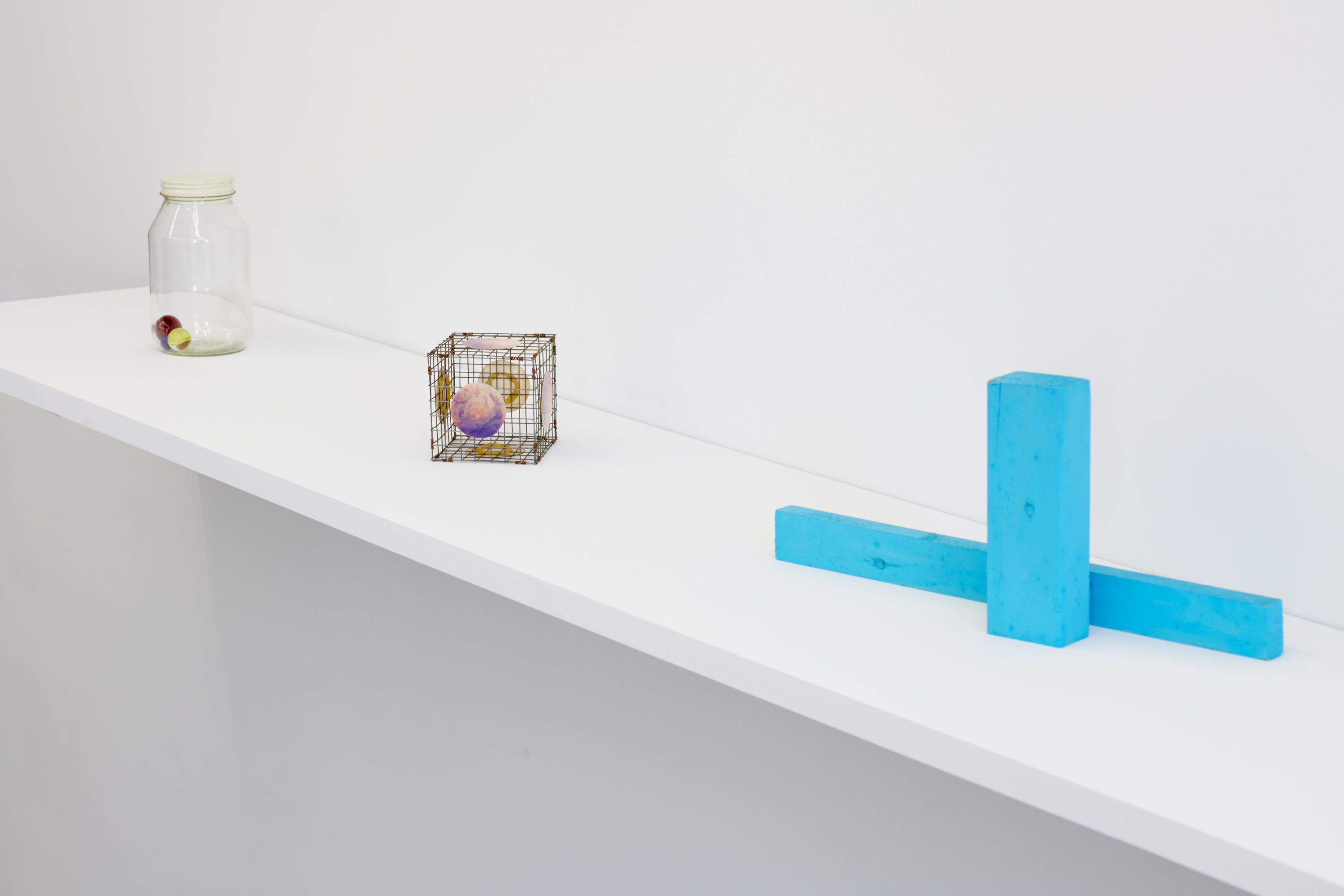
Gordon Robichaux is honored to present Tony Feher 1986–1994, the gallery’s first exhibition dedicated to the artist’s work. The show is comprised of fifteen foundational examples of Feher’s sculptures created during his first years in New York, a number of which have not previously been exhibited.
Tony Feher (1956–2016) received a BA in Architecture from the University of Texas at Austin in 1978 and worked for architects Richard Colley and Joe Williams in Corpus Christi, Texas, before moving to New York City in 1981. During his first years in New York, he developed a singular vocabulary while working for artists Scott Burton and Jennifer Bartlett and at Paula Cooper Gallery.
Feher presented his first solo exhibition at Wooster Gardens in New York in 1993 and went on to have over forty solo shows at galleries and institutions, notably at the Hammer Museum in Los Angeles; the Hessel Museum of Art at the Center for Curatorial Studies, Bard College; and a mid-career survey that opened at the Des Moines Art Center, Iowa, in 2012 and traveled to Houston’s Blaffer Art Museum, the deCordova Sculpture Park and Museum in Lincoln, Massachusetts; the Bronx Museum of the Arts; and the Akron Art Museum.
The selection of works on view at Gordon Robichaux exemplifies Feher’s deft transformation of quotidian materials—foil, colorful glass marbles, plastic flowers, blocks of wood, jars, cardboard boxes, string, and thread—into sensitive object meditations imbued with the devotional qualities of beauty, poetry, and wonder. His methods are direct and deliberate, rooted in what the artist understood as a universal human tradition. When asked “if his early work has to do with control and imposing order…,” he replied: “If stacking or lining things up is control, I think it’s a human trait that crosses all boundaries. We line things up, we stack things up, we inherently try to make sense out of a world…. For me, that’s the aspiration for being alive. It’s about truth and honesty. There’s no fuss, there’s no muss in what I’m doing.”
Living and working in New York during the early years of the AIDS crisis, Feher made works concerned with ephemerality, loss, and care. He described his 1993 work, Perpetually Disintegrating Sculpture, as “a piece with different-colored foam sponges inset into a cardboard box that had been painted and made to receive them. But the box lives inside a black plastic bag, which keeps it from light. You can open it and take it out. But if exposed to air and light it will simply crumble over time to dust.”
In response to a question about the development of the emotional tenor of his work, Feher reflected, “I’m HIV positive, and I’m very fortunate that the pharmaceuticals that do keep you alive came online right when I needed them. A good friend of mine missed that window; he would be alive today had those drugs arrived only a few months earlier. That’s the climate that we were all living in during the late ’80s early ’90s. That was on my mind—people dying all around, and then getting my own diagnosis and thinking, Shit, I’m gonna be dead in ten years. That certainly has a profound effect on how you think and how you look at the world.”
By isolating familiar materials and objects, Feher freed up his work for new associations: formal, personal, spiritual, and political. In a 2013 interview, he shared, “When you strip things bare, you allow them to take on the possibility for broader meaning than if you explained them. Reduction opens the work up.”
Tony Feher 1986–1994 is organized in cooperation with Rebecca Camacho Presents, and is the first of three exhibitions presented at galleries in New York, San Francisco, and Los Angeles that will explore different aspects of the artist’s practice.
1. Tony Feher, interview by Saul Ostrow, BOMB, January 1, 2013
2. Feher, ibid.
3. Ibid.
4. Tony Feher, in Emily Nathan, “Feher Play,” ARTnews, April 30, 2013
Install (13)


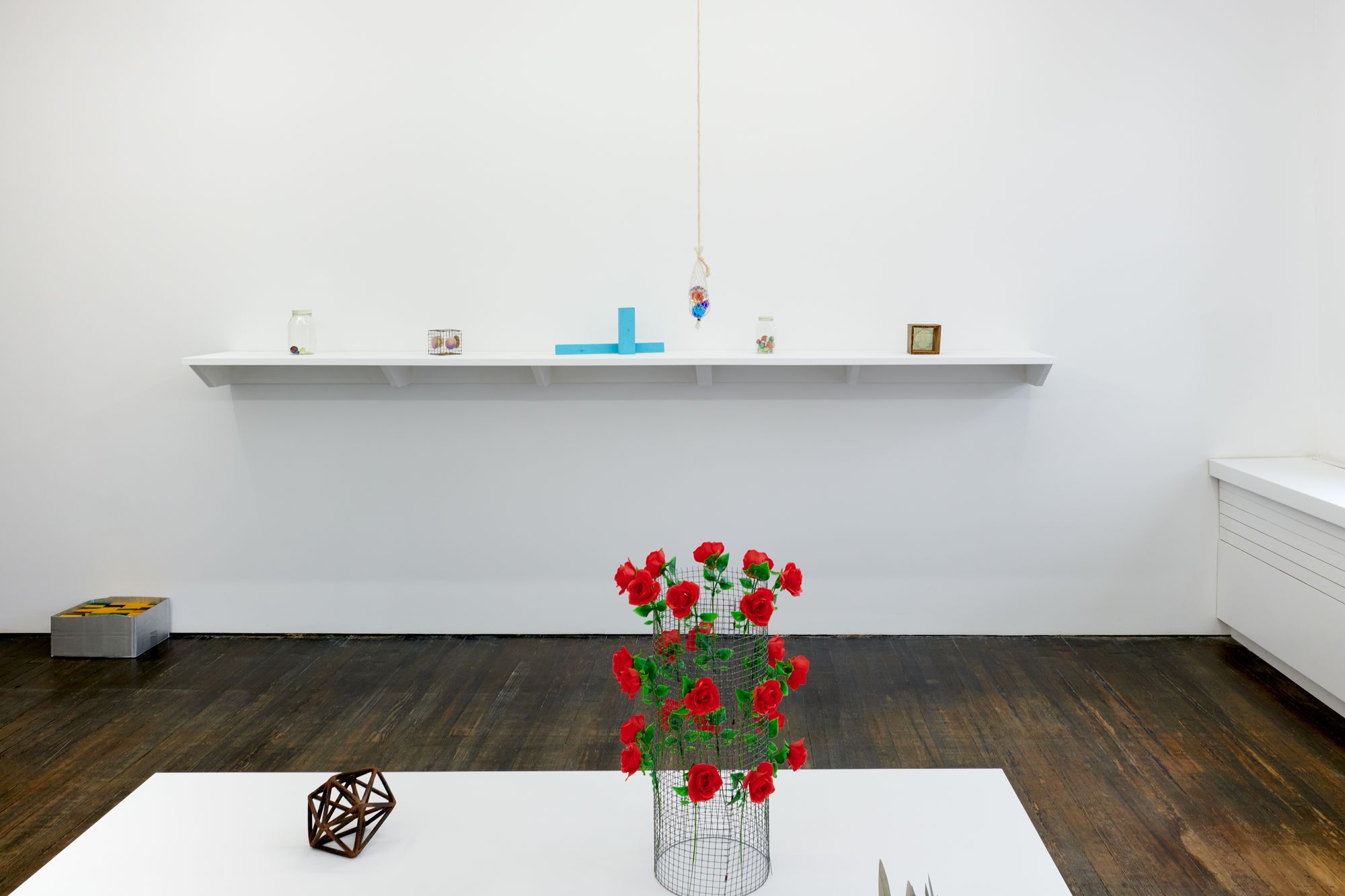


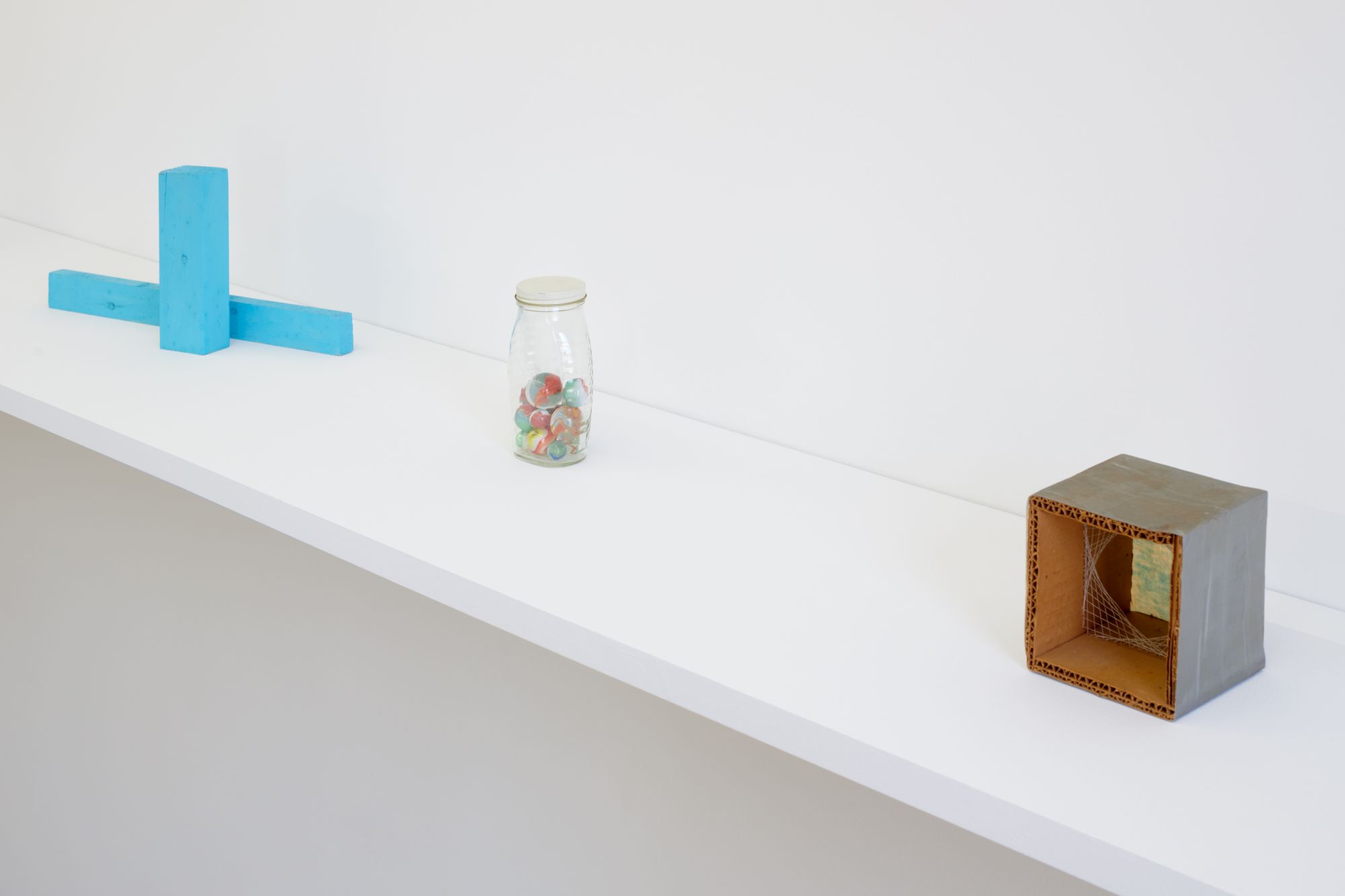
Works
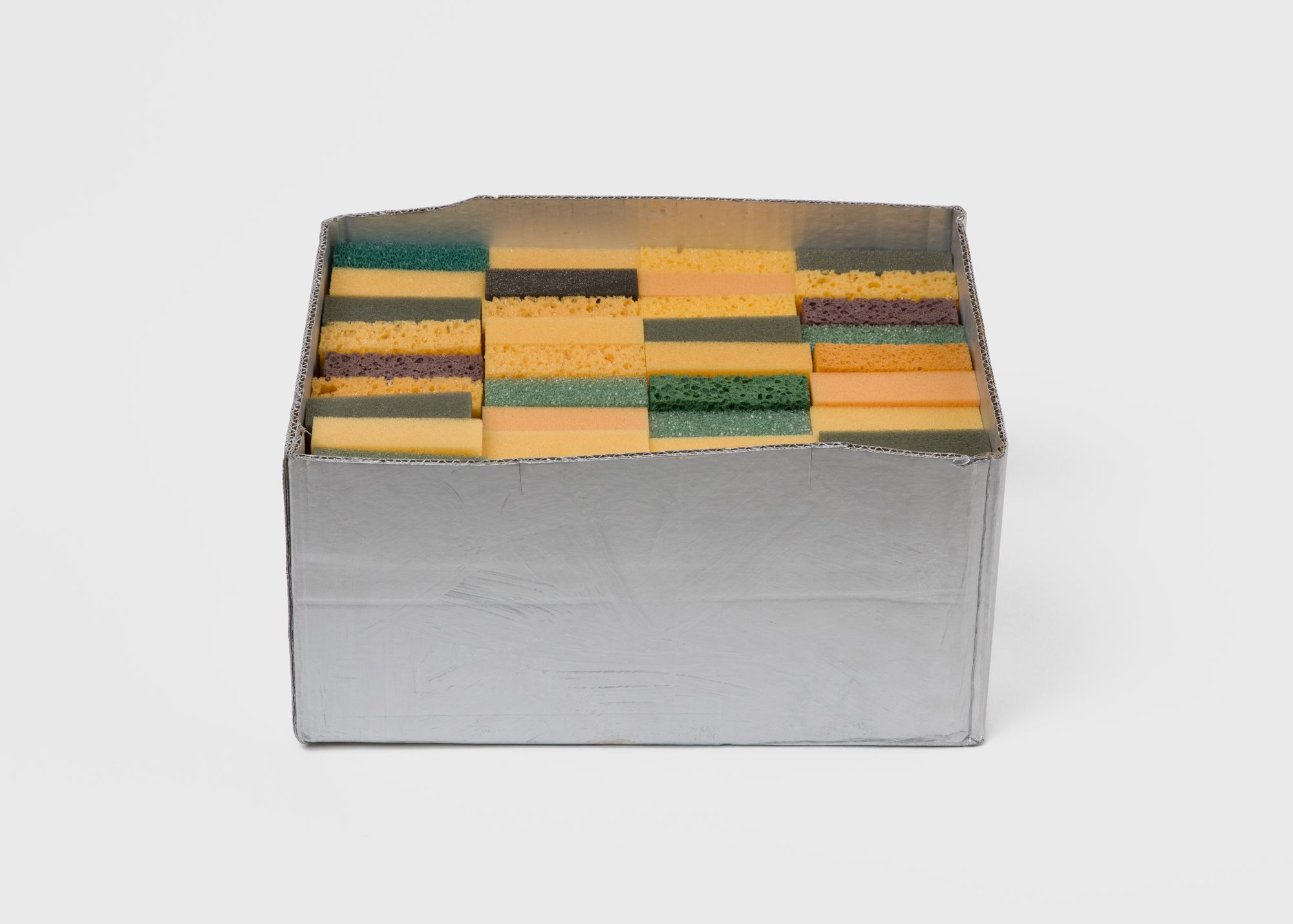
Perpetually Disintegrating Sculpture
Cardboard, silver paint, sponges, black cloth
6 x 12.5 x 10 inches
1993
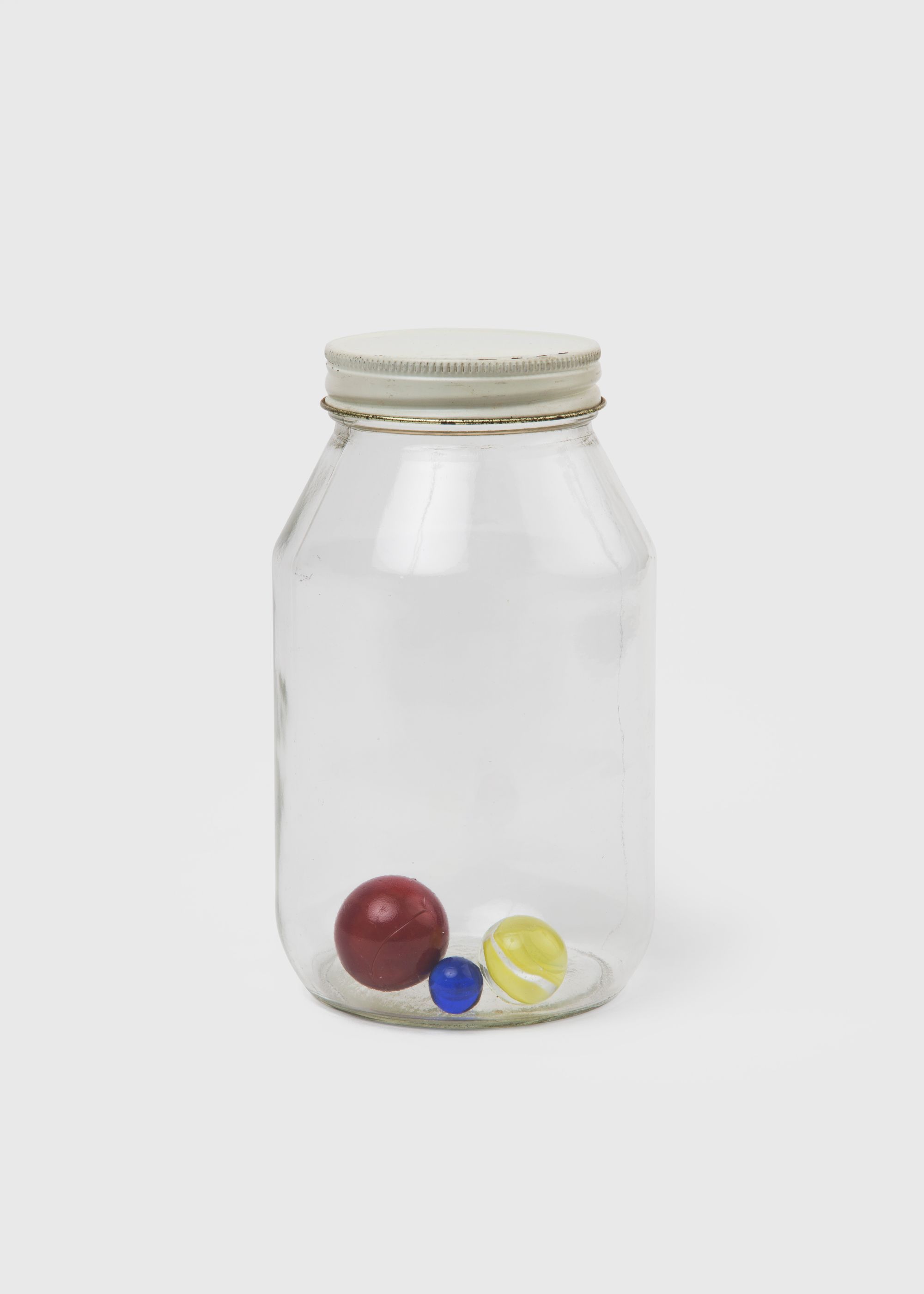
Untitled
Glass jar with metal screw lid, glass marbles (yellow, red, blue)
6.75 x 3.5 x 3.5 inches
1993
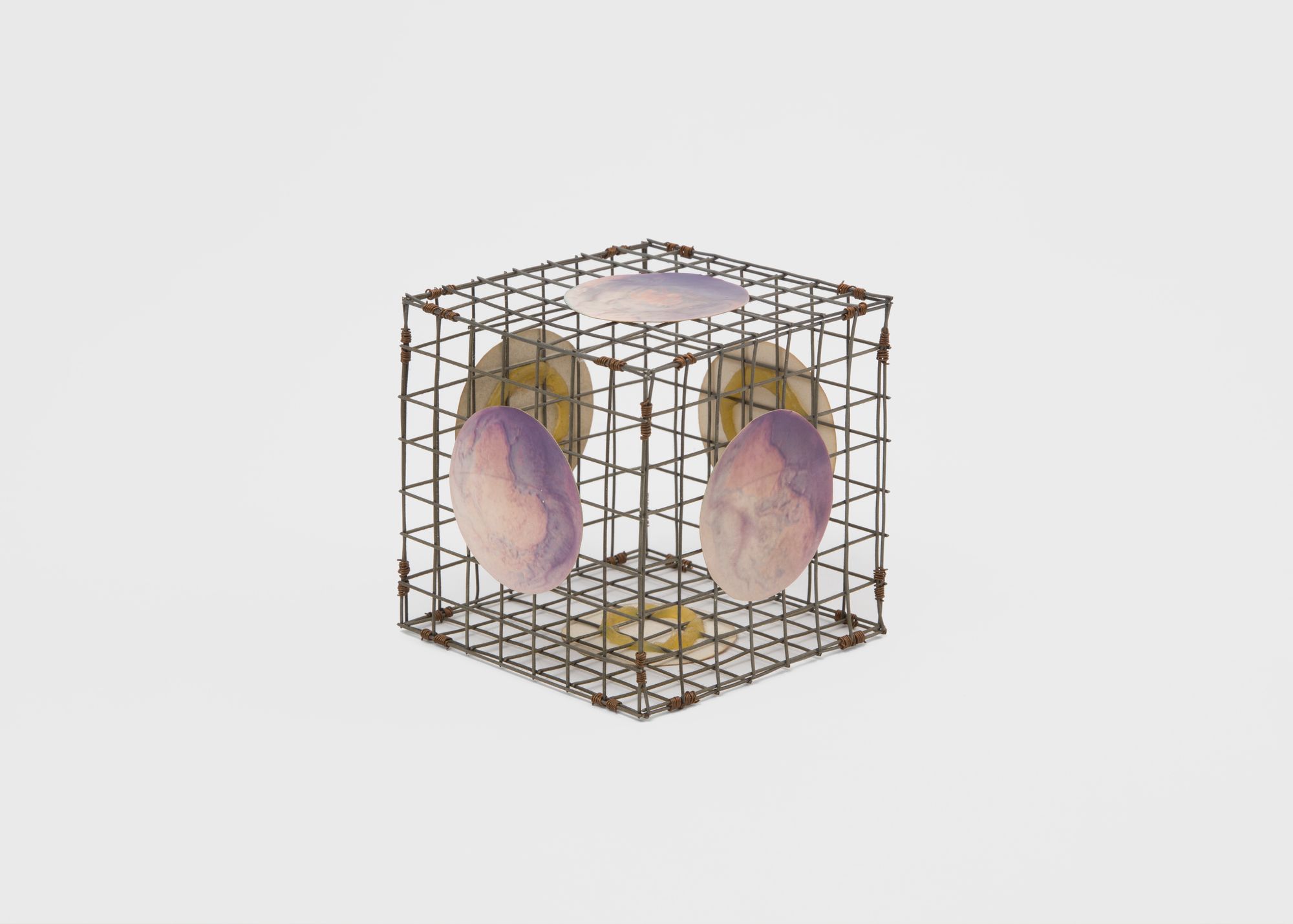
Untitled
Steel hardware cloth, wire, silicone, C-print
9.5 x 9.5 x 9.5 inches
1987
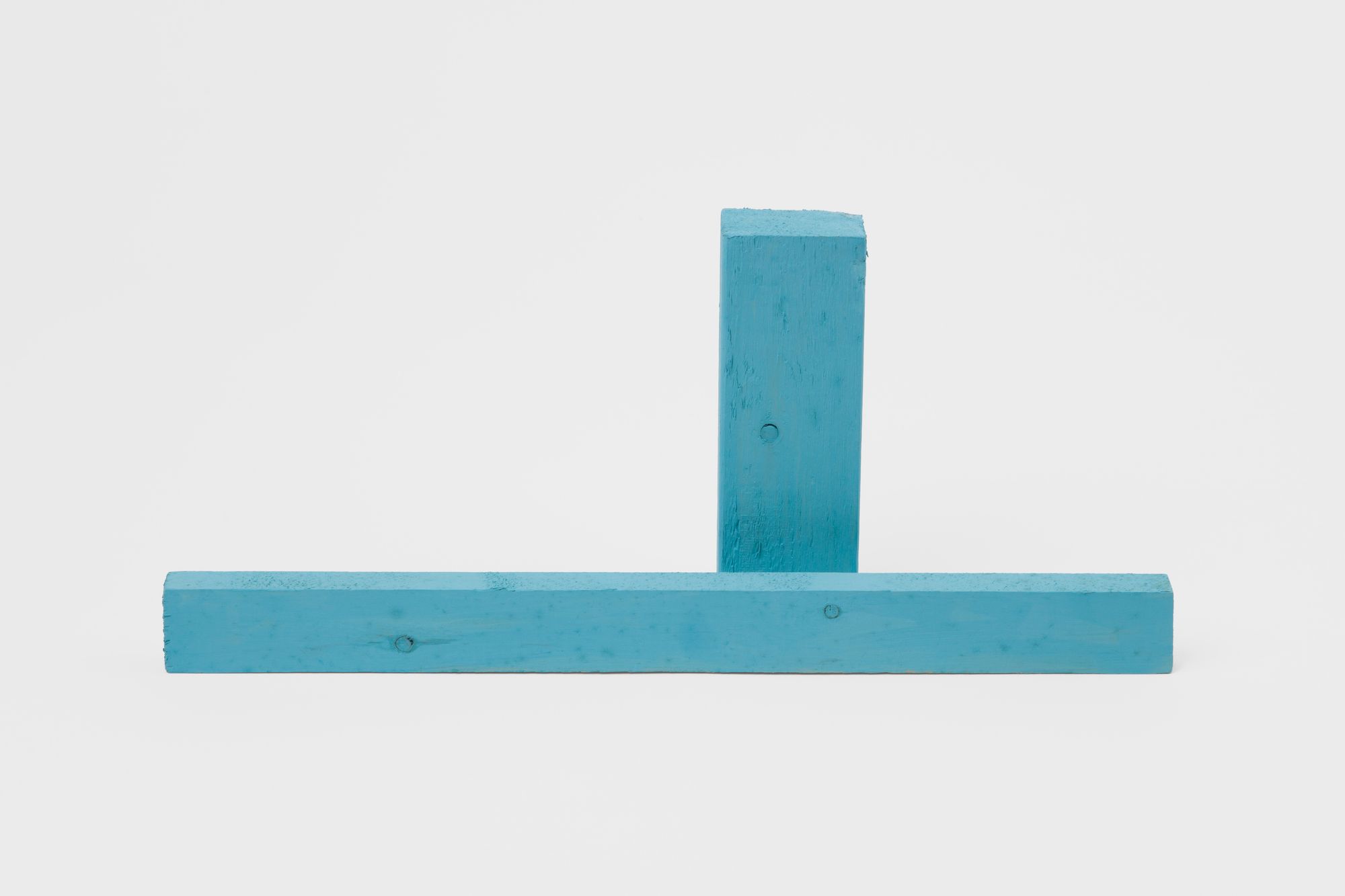
Monumental Sculpture
Casein on wood in two parts
7 x 16.5 x 4 inches
1993

Untitled
Glass honey jar with metal screw lid, sixteen colored glass marbles
5.87 x 3.25 x 2.25 inches
c. 1991-1992
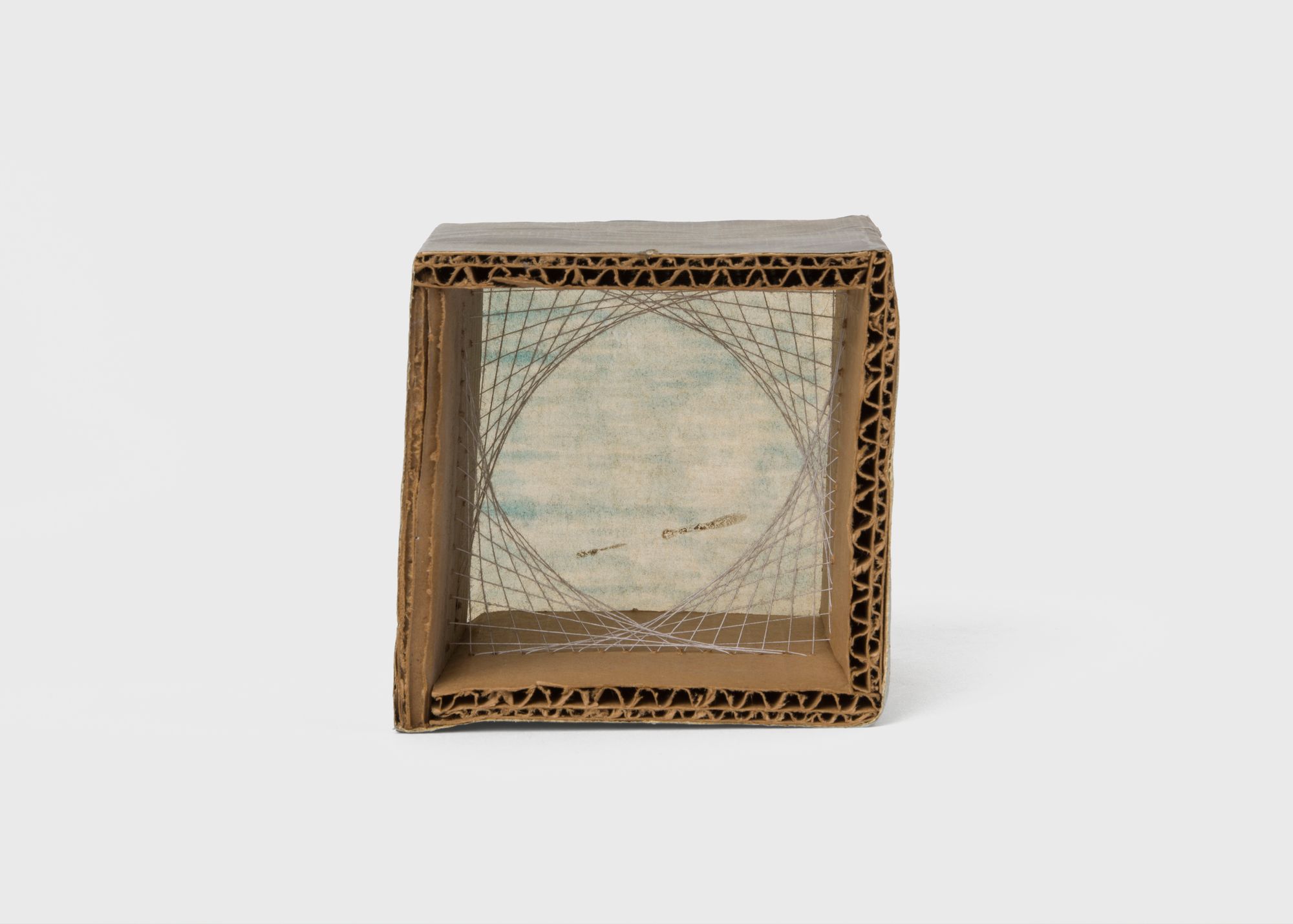
Untitled
Thread, watercolor on paper, cardboard box, masking tape
4.5 x 4.5 x 4.25 inches
